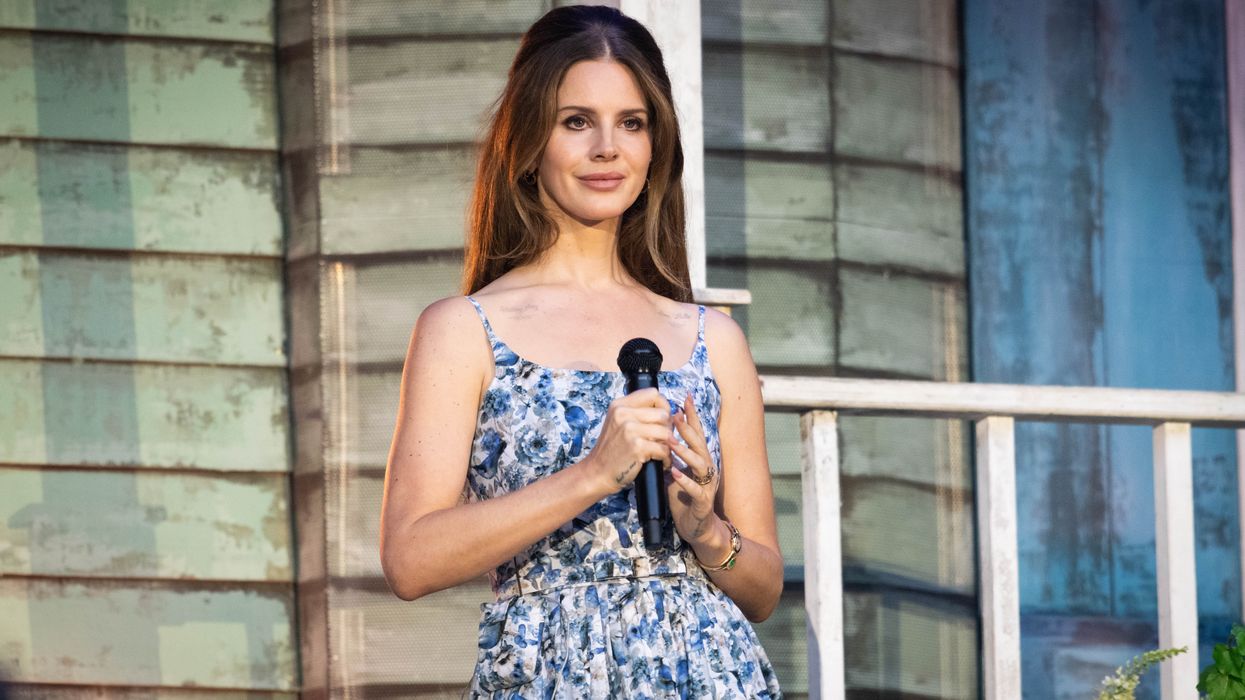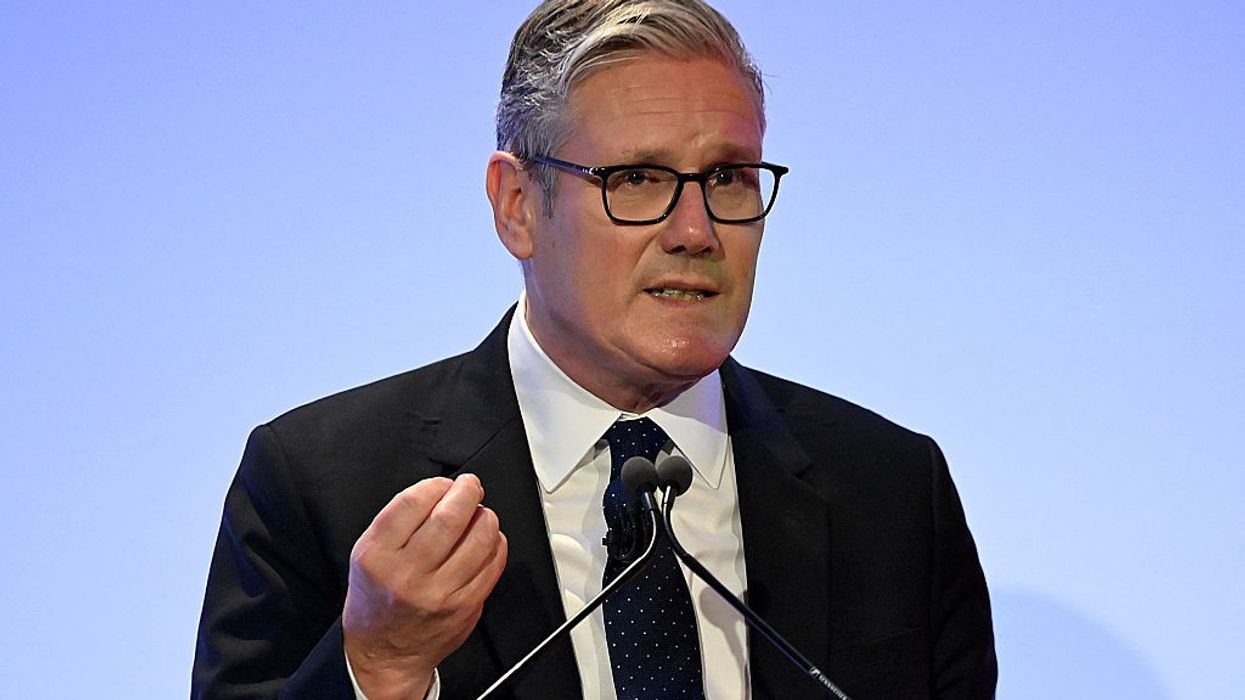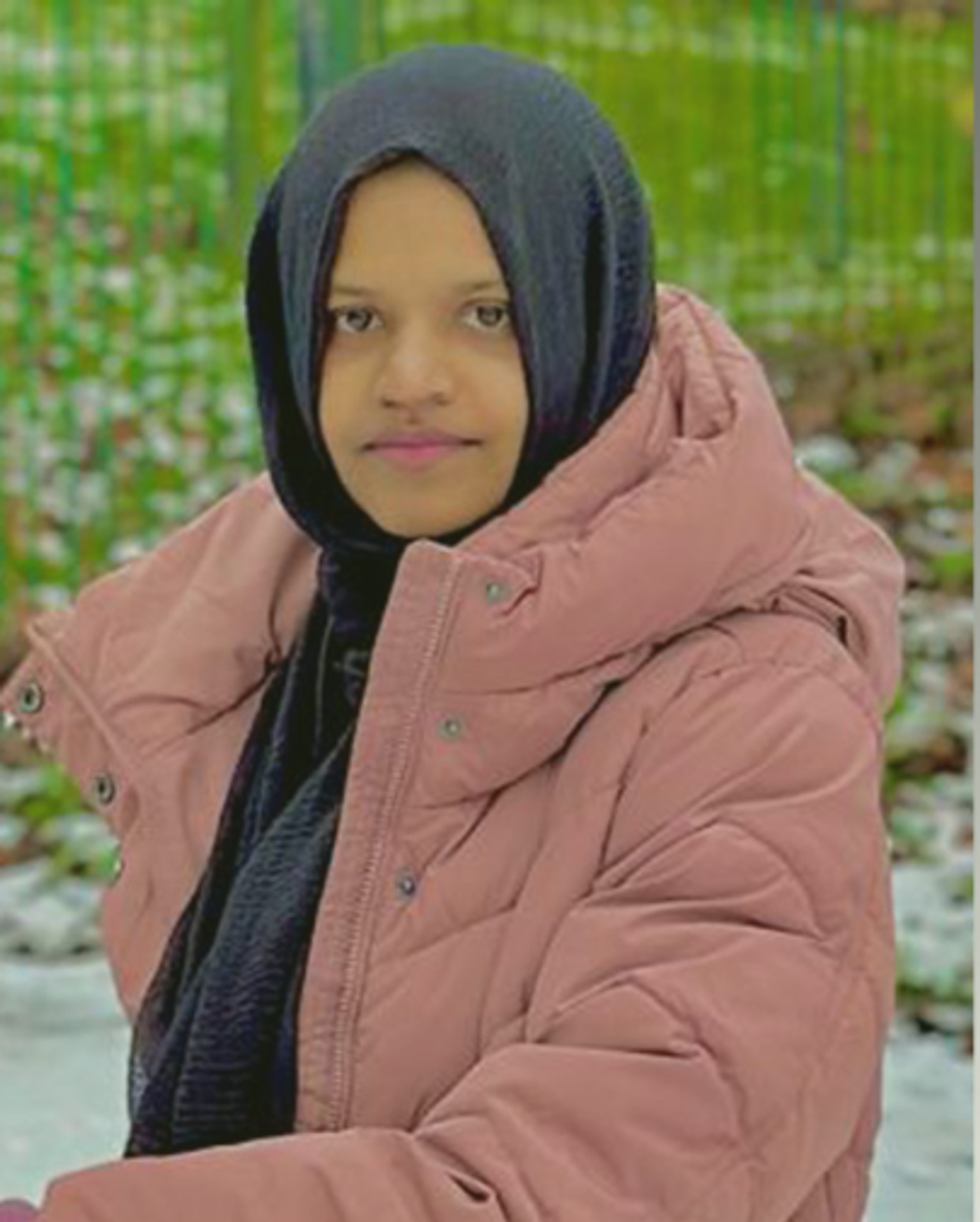by NADEEM BADSHAH
COUPLES should be able to adopt children of any ethnicity, experts have said, as they pointed out that those from an ethnic minority background faced a longer wait to be taken in by families.
Earlier this month, Slough residents Sandeep Mander and his wife Reena won a discrimination case after being rejected by their local adoption service because of their Indian heritage. They had been told their chances of finding a child to adopt would be improved if they looked in India or Pakistan.
The Sikh couple sued the Royal Borough of Windsor and Maidenhead Council after being turned away from Adopt Berkshire in 2016. On December 6, judge Melissa Clarke ruled the couple were discriminated against on the grounds of race and awarded them £120,000 in damages.
It emerged that the Manders have since adopted a child from the US.
There are around 3,500 children every year who need to be adopted, and some organisations believe the case gives a “misleading” image of the sector.
Couples looking for a “perfect match” has led to BAME children facing a longer wait because of the lack of ethnic minority couples coming forward.
Adoption UK’s chief executive, Dr Sue Armstrong Brown, said no child should be waiting in care because of the colour of their skin or religion, as she stressed that all children needed families.
She told Eastern Eye: “Children from black and minority ethnic communities wait longer to be placed for adoption because of a shortage of prospective adopters from ethnic minority backgrounds. Some will never find a family.
“It is vital to ensure that children who have suffered trauma and a great deal of change are able to develop a sense of permanence and belonging in their adoptive families. That includes very careful consideration of how to support their ethnicity or religion.
“But waiting for a perfect racial or religious match can be at the expense of finding a family. This is because fewer people from ethnic minorities come forward to adopt children so there is a shortage.”
Adoptions in England have fallen by a third in the past four years, against a backdrop of increasing numbers of children in care, according to government figures published in December.
The number of children leaving care because of adoption fell by seven per cent in the past year. The number of children who were adopted dropped to 3,570 in the year leading up to the end of March, down from a peak of 5,360 in 2015.
Dr John Simmonds, from the Coram-BAAF Adoption and Fostering Academy, said in situations where a child was older, from a BAME background, had health problems, was disabled or needed to be placed with brothers or sisters, considerable work needed to be undertaken to find suitable families.
He told Eastern Eye: “The primary issue is always that prospective adopters have the motivation, capacity and resources to care for the child. That includes the experience, motivation, insight and understanding of the child’s history and heritage for what will be a life-changing decision. That may mean sharing some of the background issues with the child, but the range of factors is usually numerous so appropriate, child-centred flexibility is
required when matching any individual child with individual adopters.
“The [Mander] case gives a misleading perspective on the priorities of the sector in recruiting prospective adopters.
“Adoption agencies welcome initial inquiries from adults from every background. Respect, support, exploration and information are the key factors that drive the initial response from the agency, and anybody who has been thinking about adoption and their next steps
should feel confident this will be their experience whoever they might contact.”
The government removed the requirement on adoption agencies to consider a child’s racial, cultural and linguistic background in 2015.
Recent data showed there are 4,140 youngsters across England where a decision has been made by authorities that they should be adopted; and 20 per cent of them are from a BAME background.
There are around 1,700 families who are approved to adopt and waiting to be matched with children.
Bobby and Nikki Bains, from east Lon-don, had two children via a surrogate in India. Bobby said: “With the lengthy process involved in any adoption case, it becomes doubly so if you are of the ‘wrong’ skin colour.
“It may take just as long to adopt from abroad and if so, then understandably if given the chance couples will choose from their own pool, so to speak.
“Also, if this couple [Manders] was brave enough to look for adoption, then the agencies ought to have been bold enough to let them, especially in this ‘woke’ generation.”
Sam Royston, director of policy and research at the Children’s Society, expressed concern over the rise in the number of children being placed outside their local area, and the “huge increase” in young people entering semi-independent unregulated placements.
He said: “Too often, children in these placements do not get the help they need and some are cynically targeted by dangerous adults.
“It’s vital the law is changed to ensure that semi-independent supported accommodation for children is regulated and inspected.
“A national action plan is needed, backed by funding, to ensure all areas can offer local placements to all children for where this is appropriate.”

















 Kulsuma Aktergetty images
Kulsuma Aktergetty images